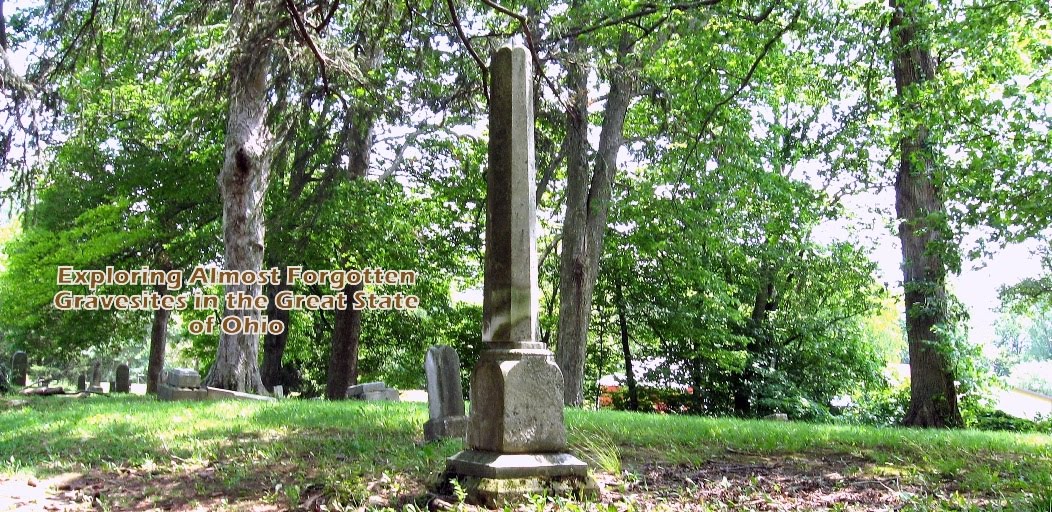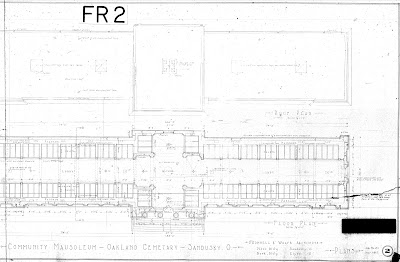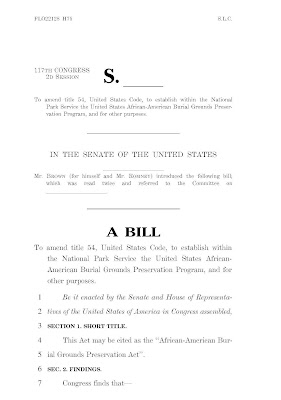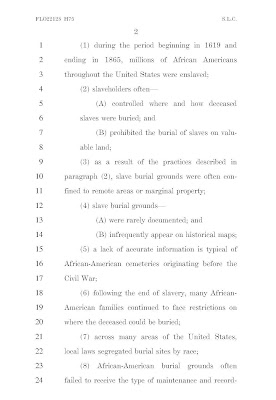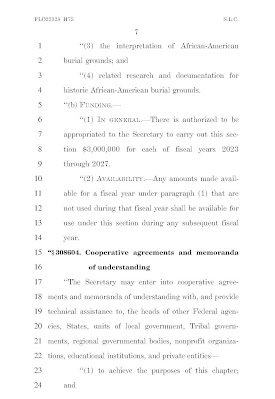Six more news stories have been added to "Ohio Cemeteries - WPA Miscellaneous" collection on Flickr.
A link for this collection is shown on the right sidebar of the blog.
This collection is a "work in progress"!
Additional historical accounts will surely be discovered.
Untold numbers of unemployed people found meaningful work by recording veteran burials and documenting them in map form, by creating individual veterans grave registration cards, and for some by conducting in-person surveys during the 1930s - the years of the Great Depression when unemployment was at an all time high.
Reflecting on the "WPA" - Works Progress Administration program, I feel it is safe to say that it left a legacy all its own benefitting many searching for veterans burials in states like Ohio. The six newspaper stories are shown below.
The website NewspaperArchive was referenced for these stories.:
OHIO CEMETERIES - WPA - MISCELLANEOUS.:

~*~*~*~*~*~*~
HAMILTON
COUNTY:
Cemetery Locations
Cemetery records listing burial locations of military veterans are
available through the Recorder’s Office.
Veterans who were known at the time (up to 1939) were catalogued as
part of a Works Progress Administration (WPA) project.
Each cemetery has three parts to its record:
1) An introductory card
stating the exact name, date of establishment and relevant veteran’s
information;
2) an information card containing an alphabetical index of all
veterans buried in the cemetery, the war they served in and a burial plot
locator number;
and 3) a plat map indicating the location of every burial plot
within the cemetery so you can determine exactly where a veteran is buried.
After the WPA project, veteran’s burial records were obtained through a
variety of sources until the 1980’s when these records came to be handled by
the Ohio Department of Vital Statistics. Since then, they have provided
typewritten indices on a regular basis listing deceased veterans and their
burial cemetery. These records can only be accessed from microfilm tapes at the
Recorder’s Office and are not currently available over the Internet.
Below is the list of cemeteries that were catalogued by the WPA with
their corresponding page numbers and maps. Click the link in the “Plat Image
Link” column to view the plat.
Included in this listing is a special section that documents Jewish Cemeteries.
Memorial Plaque.:
There are 244 Veteran burials in Hamilton County for which the exact
grave location is unknown. Located in Spring Grove Cemetery is a plaque
honoring them. For the list of these veterans’ names, see Page 581-582 of the
Spring Grove Cemetery plats.
Click letter to move to that
part of the cemetery list.
A B C D E F G H I J K L M N O P R S T U V W Z
~~~~~~~~~~~~~~~~~~~~~~~~~~~~~~~
UNION
COUNTY:
In 1933, the American Legion adopted a National Graves Registration
Plan and three years later, passed a resolution that funding and labor should
be provided to carry out the project by the Works Progress Administration
(WPA). The purpose of the project was to identify and document the burial
location of every American who served their country in the military.
In 1938, the Ohio American Legion and the Ohio Adjutant General applied
and obtained approval for funding through the WPA to conduct a state-wide
Veterans Graves Registration Project.
The first step in the project was to identify the location of
cemeteries throughout the county.
Once a cemetery was identified and located, surveyors were sent to
measure the grounds and map the cemetery.
After field crews checked and then other project employees verified a
veteran’s presence in the cemetery the location of the veteran’s grave was
added to the cemetery plot map.
In the spring of 1939 the project was completed and afterwards the Ohio
General Assembly required the county recorders in each county to maintain and
update a list “for the registration of the graves of all persons who were
honorably discharged” from military service.
The corresponding Veterans' Burial Cards can be found here: Veterans' Burial Records
~~~~~~~~~~~~~~~~~~~~~~~~~~~~~~~
WILLIAMS
COUNTY RECORDER:
Veteran’s Graves Registration
Works Progress Administration
(WPA)
When the Great Depression hit the
United States in 1929, the American economy hit rock bottom. The value of the
dollar became nearly worthless and millions of Americans lost their jobs. In
1933, President Franklin D. Roosevelt introduced “The New Deal,” a series of
new programs designed to pick America back up on to its feet and get the
economy moving again. The Works Progress Administration (WPA) was one of those
programs.
Initially designed to fund the
building and improvement of America’s infrastructure, it also funded Veterans
Graves Registration, the arts, history, and culture of America. In short, the
WPA employed out-of-work Americans who were certified by local agencies as
meeting certain qualifications.
Job & Industrial Growth:
The WPA was born in 1935 with an
initial appropriation of $4.88 billion dollars from the Emergency Relief Fund.
In 1939, the WPA was renamed the Works Projects Administration. Over it’s eight
years in existence, the WPA employed approximately 8.5 million Americans, and
spent a total of $11 billion dollars. It remains today as the most vigorous
attempt in history to stimulate the U.S economy. The WPA was responsible for
building structures; it paved 651,000 miles of road, built 78,000 bridges,
8,000 parks, and 800 airports.
Humanities Projects:
The WPA funded some programs in the humanities including:
- Federal Arts Project
- Federal Theatre Project
- Federal Writers Project
- Historical Records Survey (HRS)
- National Health Survey
Veteran’s Grave Registration Program:
Locally the WPA funded a
Veteran’s Grave Registration program. WPA workers would visit every cemetery in
Williams County, map out the cemetery and provide locations of each Veteran’s
gravesite.
This information does not provide veteran’s identification, simply
identifies where the veteran is buried in each cemetery and which war they
served in. This information was compiled in 1940 and therefore, does not
include any information after that date. The records from this project are
compiled by Township.
~~~~~~~~~~~~~~~~~~~~~~~~~~~~~~~~
ADDITIONAL REFERENCES:
THE END
OF AN ERA: THE WPA YEARS IN OHIO – OHIO MEMORY
https://ohiomemory.ohiohistory.org/archives/3362
HISTORY
WEBSITE
https://www.history.com/topics/great-depression/works-progress-administration
~*~*~*~*~*~*~
~*~*~*~*~*~*~
